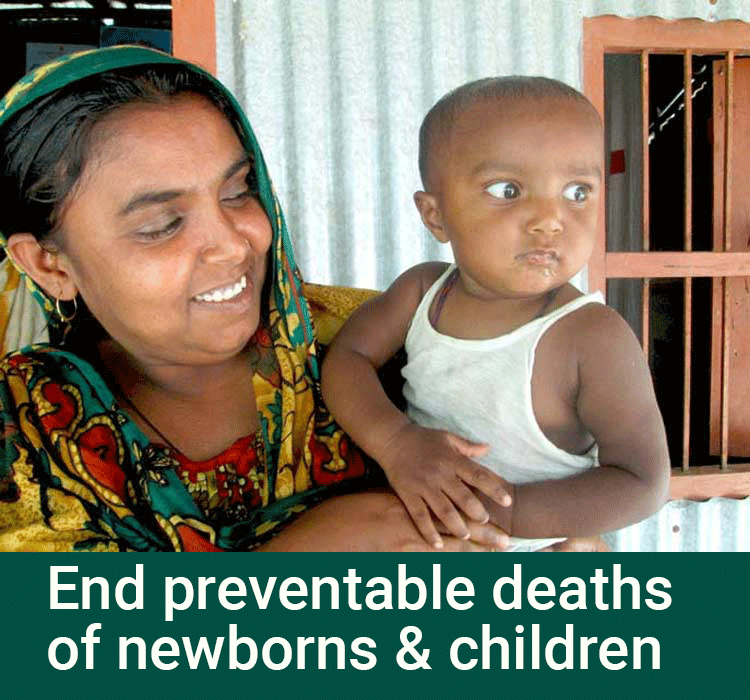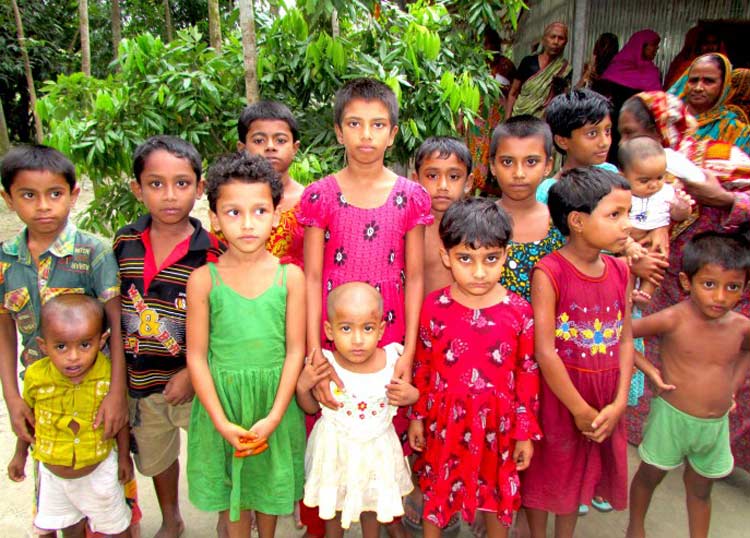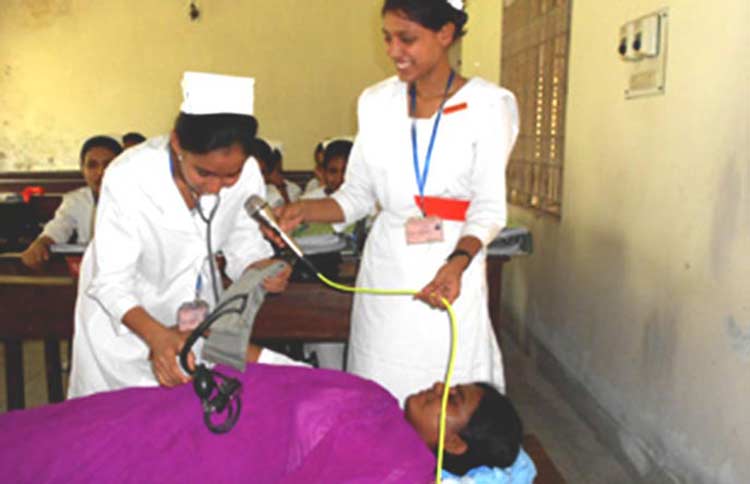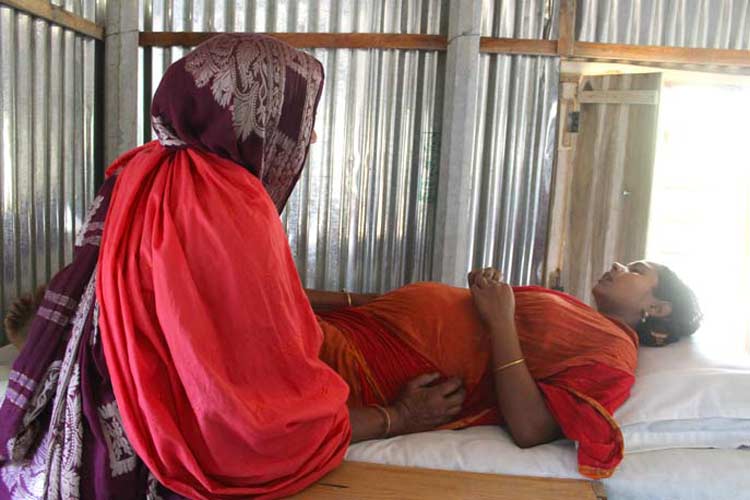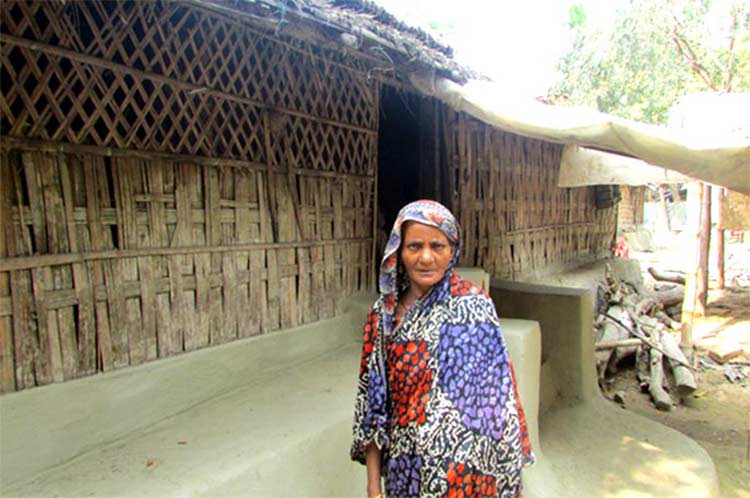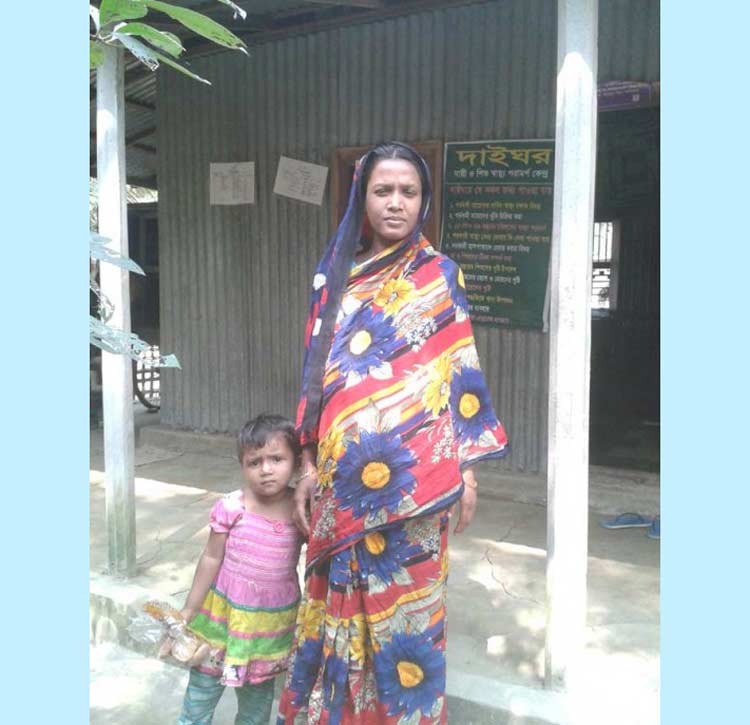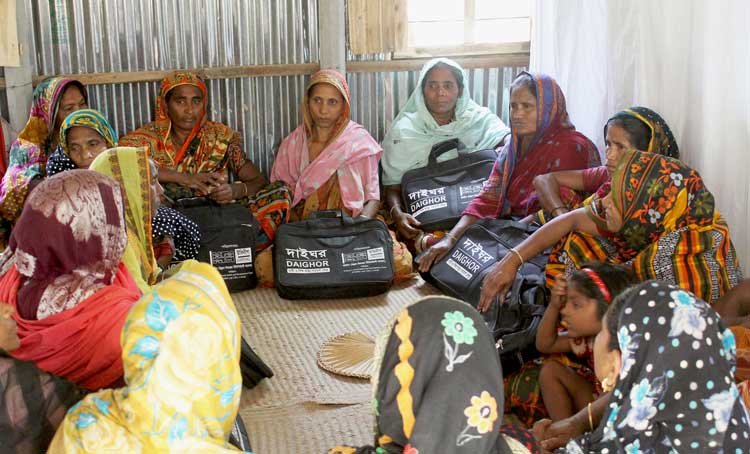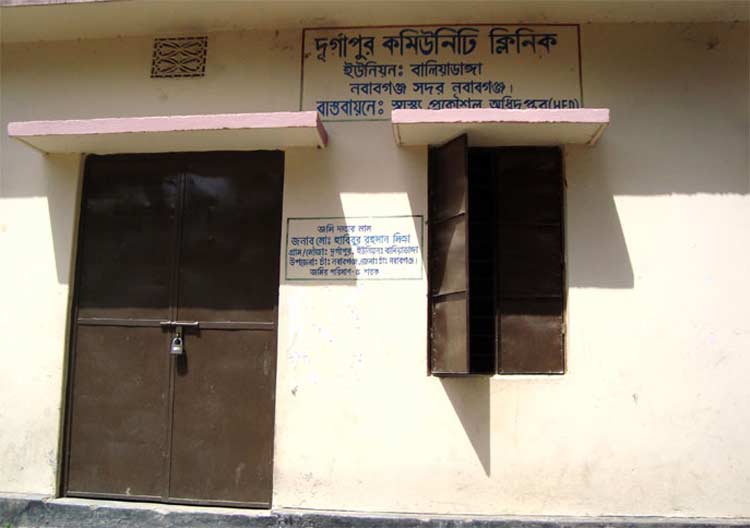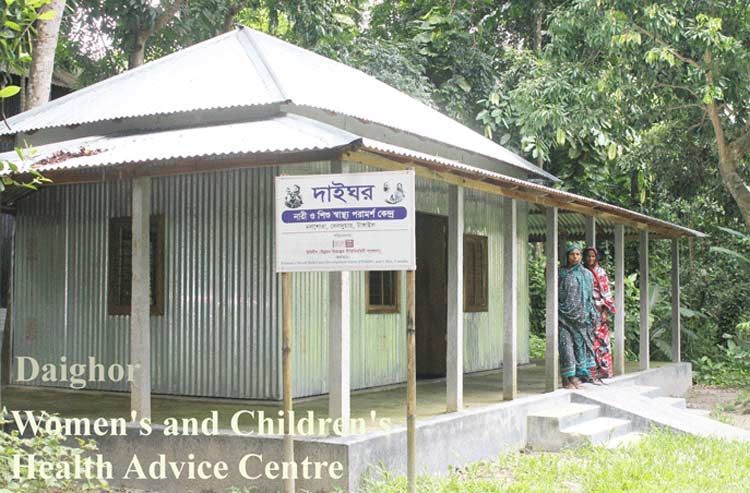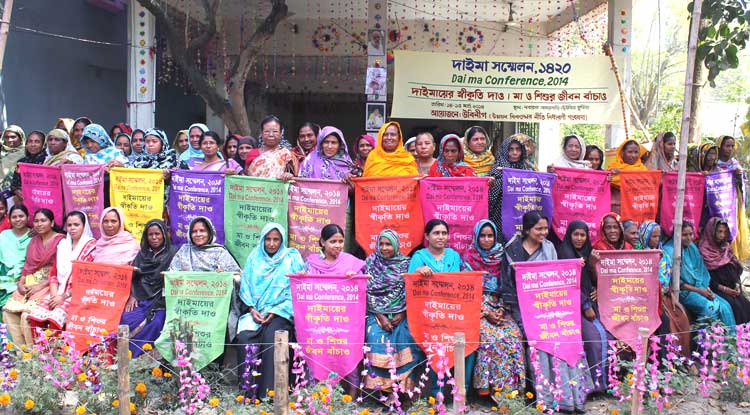Maternal and child health care: Daighors & strategic services
Context of maternal health
Reduction of maternal mortality rate is one of the most important health goals of the government of Bangladesh. The present rate of maternal mortality is 194 per 100,000 live births showing that Bangladesh could not achieve the MDG target of 143 per 100,000 live births by 2015. However, the decline in MMR from 322 in 2001 to 194 in 2010, a 40 percent decline in nine years was significant achievement. Now the new goals are set for Sustainable Development Goals (SDG). The 17 new SDGs, also known as Global Goals, the target is to reduce the global maternal (Read More)
Maternal, Newborn and Child Health Care (MNCH) Service
An initiative of UBINIG with rural healthcare providers
Introduction
Despite significant efforts in maternal health care by the government and the NGOs, Bangladesh continues to remain high among the countries having high maternal mortality rate. The present rate of maternal mortality is 194 per 100,000 live births showing that Bangladesh could not achieve the MDG target of 143 per 100,000 live births by 2015. However, the decline in MMR from 322 in 2001 to 194 in 2010, a 40 percent decline in nine years was significant achievement. Now the new goals are set for Sustainable
(Read More)
Health human resource not enough for maternal health services
WHO has compiled the vital statistics for maternal and perinatal health for South East Asia region. For Bangladesh the annual number of births is 3.5 million and annual number of maternal deaths is 5,200 as of 2013. The maternal mortality ratio is 170 per 100,000 live births. About 71% of babies are delivered at home, 11.8% in public hospitals and 15.1% in private hospitals . In terms of services providers only 21% are qualified doctors, 6.1% are nurse, midwife and auxillary nurse, and the majority 72.4% are at the hands of traditional birth attendants or by family members. That means the home deliveries (71%) are usually assisted by the t (Read More)
Daighors and Nayakrishi Seed Huts: An approach to sustainable nutrition and food safety
Daighors are the centers run by Traditional Birth Attendants (locally known as Dai Mas) to provide advisory and referral services to women and young girls. They ensure care and monitoring of pregnant women, the new borne and children (mostly under 5). These Dais live in the community and interact with women very intimately and take care of them for their health and most importantly through properly advised food to fulfill specific nutritional deficiencies or to ensure nutritious food that are needed at different stages of their lives. The older Dai Mas are respected and are considered to be the custodians of knowledge in relation to women& (Read More)
Daimas continuing acivities during flood condition
Dai Ma Hosneara Begum in front of her house
Emergency Support to Flood Affected People. Period: August December 2015; Supported By: Primate’s World Relief & Development Fund
The Daimas must run to the call of pregnant mothers as fast as the healers rush to the spot to snake bite victims’. This statement of Hosne Ara Begum (52) is indicative of the fact that how much the Daimas are conscious of their responsibilities about their service to the mothers in their respective areas.
Hosne Ara Begum (52), husband Moksud Ali (60) lives in Dakhin Krishnapu (Read More)
Dai ghor was inundated causing difficulties for services
Pregnant mother Hadisa begum. Happy to get service from Dai ghor
Emergency Support to Flood Affected People. Period: August December 2015; Supported By: Primate’s World Relief & Development Fund
Hadisa Begum (24), wife of Amin Uddin (32), village: Demushiapara, union: Badarkhali, Upazila: chakaria, district: Cox’sbazar is a flood victim. She was married five years ago. She had a daughter aged three years four months. She was pregnant for eight months.
Hadisa Begum mentioned, ‘All the houses and roads in Demushiapara village were inundated 3- (Read More)
The Dai-Kit distribution programme
Introduction
In response to the demands of the Dais attending the Dai conference along with women healers and women farmers organized during 7-9 December 2006 the Dai kit-distribution was undertaken by Narigrantha Prabartana with Support from Action Aid Bangladesh from Advancing Women’s Rights theme. This is the Interim Report for the project which includes completion report on kit distribution.
UBINIG from its rural centres formed a network of Dais having a membership of over 400 and with them has been raising the question of proper understanding of the role and rec (Read More)
Improving Maternal, Neonate and Child Health in Bangladesh
Background
The government of Bangladesh has a goal to reduce Maternal Mortality ratio to 143 per 100,000 live births by 2015 in order to achieve the MDG 5 by 2015. So far the decline is 194 per 100,000 (as of 2010) showing a good trend of decline to be able to reach the goal by 2015.
Maternal causes account for 14% of all the causes of deaths among women of reproductive age. According to Bangladesh Maternal Mortality Survey, 2010 haemorrhage and eclampsia are the dominant direct obstetric causes of death, together responsible for more than half of the MMR followed by Obs (Read More)
Simple needs for basic health services are not met
I have been visiting some upazilla and Union health care centres in different areas specially in the districts of Cox’sbazar, Bandarban, Tangail, Kushtia, Chapainababganj and Brahmanbaria during last two months. It is nice to see that the buildings are well constructed and have all the potentials for increasing the facilities to provide services to the people. They are well located in terms of road communication. My main purpose was to see if women and children can receive services for maternal and child health services, although the Union and Upazilla Health centres are not all equipped to provide such services.
I went to a C (Read More)
Improving Access of Maternal and Child Health Care Service
In early 2012, UBINIG took an initiative for improving access of maternal and child health to the government health service delivery system. For this purpose, UBINIG selected 130 villages in 23 Upazila under 15 districts, where the women of reproductive age, pregnant women and children under 5 (U5) had very little access to government health service delivery system. UBINIG also identified various reasons for poor access including transport, non-availability of health professionals and as women many of them found difficulties to move. UBINIG also recorded that the government health professionals have occasional visits from the government He (Read More)
Communities affirm Dai’s contribution for maternal health
Dais (Traditional Birth Attendants)) have renewed their commitment towards their responsibilities to ensure care for mother and child health in their respective communities. Dai representatives from 22 Upazilas in 14 districts gathered in Kushtia prior to Lalon Dol Festival to attend in Dai Conference 2014. It was a two day long conference and over 200 Dais and people from different social groups joined there.
Dr. Md. Mustafizur Rahman, the Civil Surgeon of Kushtia inaugurated Dai Conference 2014. The Civil Surgeon expressed his high satisfaction for the extra-ordinary role of Dais in the community.. He said, the nation also acknow (Read More)
